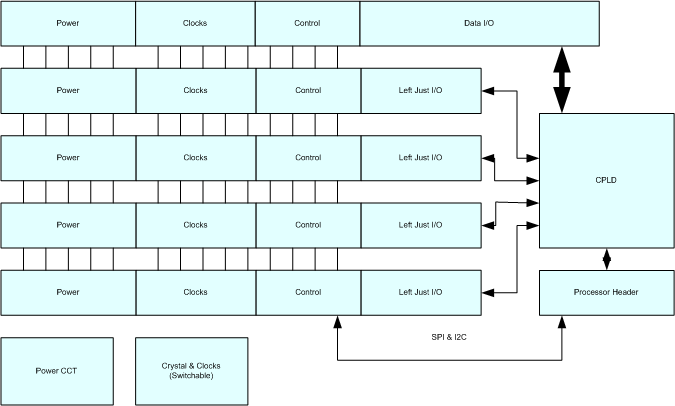ADAT's SMUX protocol only support 4x96KHz channels.
I'm told this is more of a bandwidth limitation on the plastic fiber used to connect devices optically. Although maybe one of the other guys here can give some more details.
Adding AES (or S/PDIF) to the unit isn't difficult - as the ADAT devices expect either left justified or right justified data, hanging a DIT4096 off the stream (with a buffer) should be relatively easy.
The hardest thing (in my opinion) with anything like this is the clocking and synchronisation. Thats one thing the ADAT devices are useful for
Tobwen: if you need any assistance with you're efforts, please give me a shout.
cheers
R
I'm told this is more of a bandwidth limitation on the plastic fiber used to connect devices optically. Although maybe one of the other guys here can give some more details.
Adding AES (or S/PDIF) to the unit isn't difficult - as the ADAT devices expect either left justified or right justified data, hanging a DIT4096 off the stream (with a buffer) should be relatively easy.
The hardest thing (in my opinion) with anything like this is the clocking and synchronisation. Thats one thing the ADAT devices are useful for
Tobwen: if you need any assistance with you're efforts, please give me a shout.
cheers
R










![Soldering Iron Kit, 120W LED Digital Advanced Solder Iron Soldering Gun kit, 110V Welding Tools, Smart Temperature Control [356℉-932℉], Extra 5pcs Tips, Auto Sleep, Temp Calibration, Orange](https://m.media-amazon.com/images/I/51sFKu9SdeL._SL500_.jpg)













